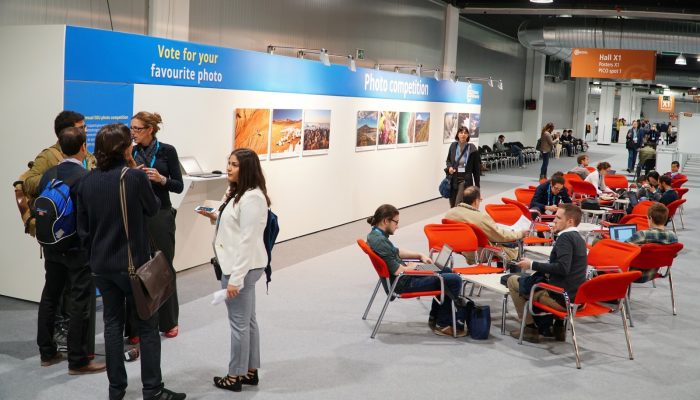I am enjoying a positive feeling while I am writing these words to open the EGU2020 General Assembly #shareEGU20. In my opinion, a positive attitude is the best way to pay a tribute to the persons – including some colleagues and friends – who lost their lives due to COVID19. It is in their memory that we are looking to the future and making an effort to transform this crisis into an opportunity. I ...[Read More]
GeoPolicy: Getting involved with science for policy during #shareEGU20!

This year, EGU’s science-policy related sessions will be run a little bit differently! In case you haven’t already heard, EGU will be hosting EGU2020: Sharing Geoscience Online (#shareEGU20) from 4-8 May 2020 in place of the physical General Assembly. While this fully online event is in response to the COVID-19 crisis, it is also an opportunity to experiment with online networking and ...[Read More]
EGU’s 2020 Photo Competition finalists – who will you vote for?
This year’s Photo Competition judging panel did a fantastic job of narrowing down the outstanding photo submissions to the EGU’s Photo Competition to just 10 finalists! The finalist photos are listed below and on the Imaggeos website where you can vote for them from today (27 April) until 7 May 2020. Then three photos with the most votes will be announced online at midday on 8 May! C ...[Read More]
Imaggeo on Mondays: A window to ice and fire

Brown Bluff is a basalt tuya located on the Tabarin Peninsula of northern Antarctica. This site supports a breeding colony of about 20,000 pairs of adelie penguins and about 550 pairs of gentoo penguins. Geologically speaking, Brown Bluff is simply fascinating. The towering bluffs were the result of an explosive volcanic eruption under ice. Large boulders have toppled from Brown Bluff to the beach ...[Read More]


